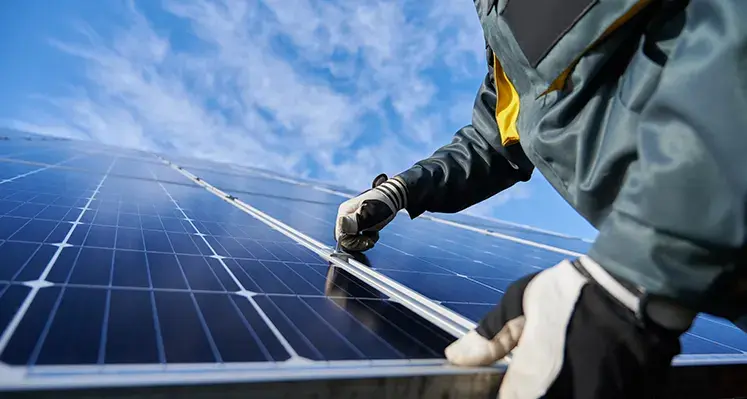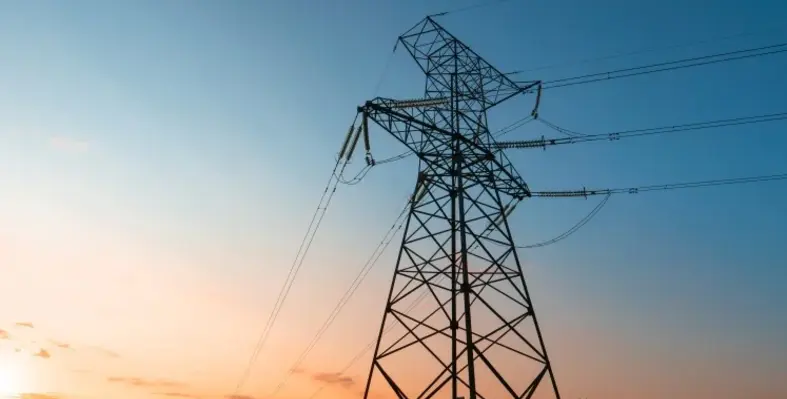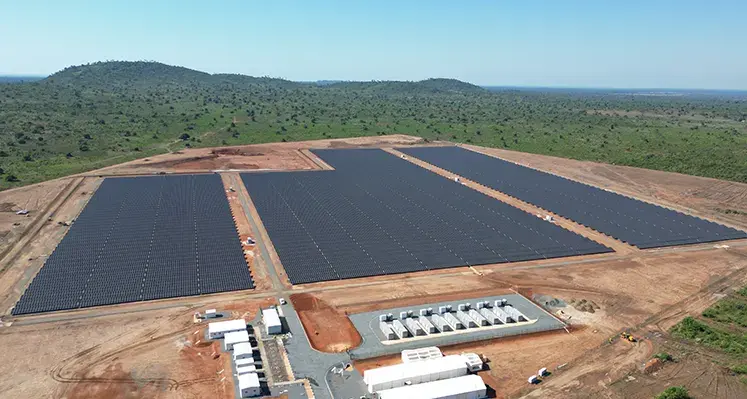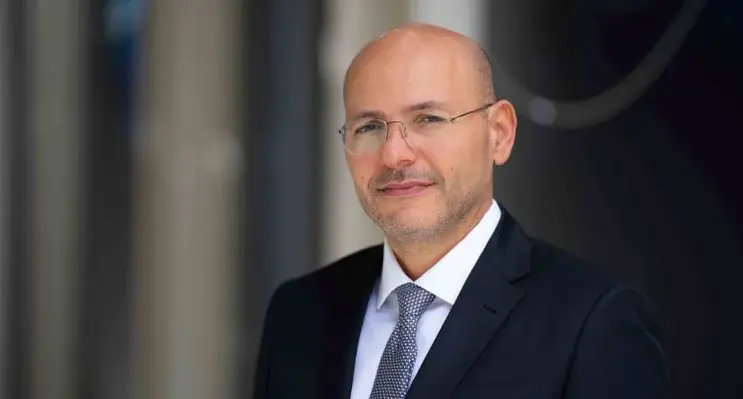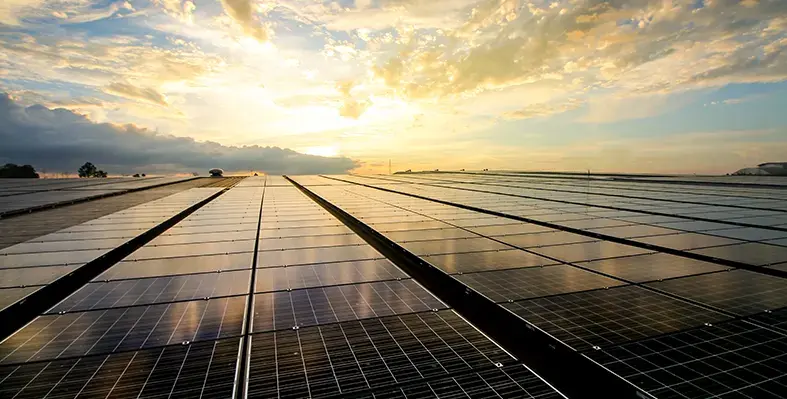Norwegian renewables group Scatec ASA has started commercial operations at the 273 MW Grootfontein solar power plant in South Africa
Separately, the Oslo-listed company announced that it has signed up EDF Power and Norfund as partners on its flagship 1.1GW solar and battery storage hybrid project, Obelisk in Egypt.
“Obelisk is Scatec’s largest project to start construction to date and combines solar and batteries to deliver stable and cost competitive renewable energy to support Egypt’s growing power demand and energy transition,” said Scatec CEO Terje Pilskog.
Following the transaction, Norfund will own 25% of the Obelisk holding company with Scatec owning the remaining 75%.
EDF power solutions will own 20% of the operating company (SPV), bringing Scatec’s and Norfund’s total economic interest to 60% and 20% respectively with Scatec retaining economic control of the power plant.
Scatec added that it is in “advanced discussions” with additional equity partners, aiming to reduce Scatec’s economic interest in the project further.
In South Africa, the smaller Grootfontein project will generate solid revenues via a 20-year power purchase agreement (PPA).
“Bringing the Grootfontein plant into operation is an important milestone for Scatec and our partners,” said Pilskog.
“As our first project in the Western Cape, and the first solar project to reach COD under REIPPPP Round 5, this achievement reflects the dedication and resilience of our teams and contractors.”
The power plant is expected to generate 700 GWh of clean energy annually, leading to an estimated abatement of 630,000 tonnes of CO2 emissions, making it the largest co-located solar PV cluster in the Western Cape.
Scatec owns 51% of the equity in the project, and partners with H1 Holdings, its local Black Economic Empowerment partner, and the Grootfontein Local Community Trust.
Scatec will also continue to provide Operation & Maintenance and Asset Management services to the power project.
Read more:
Scatec's Kenhardt project earns global recognition
Scatec venture signs Liberia, Sierra Leone solar deals
Scatec pioneers industrial EV adoption on-site in Northern Cape




